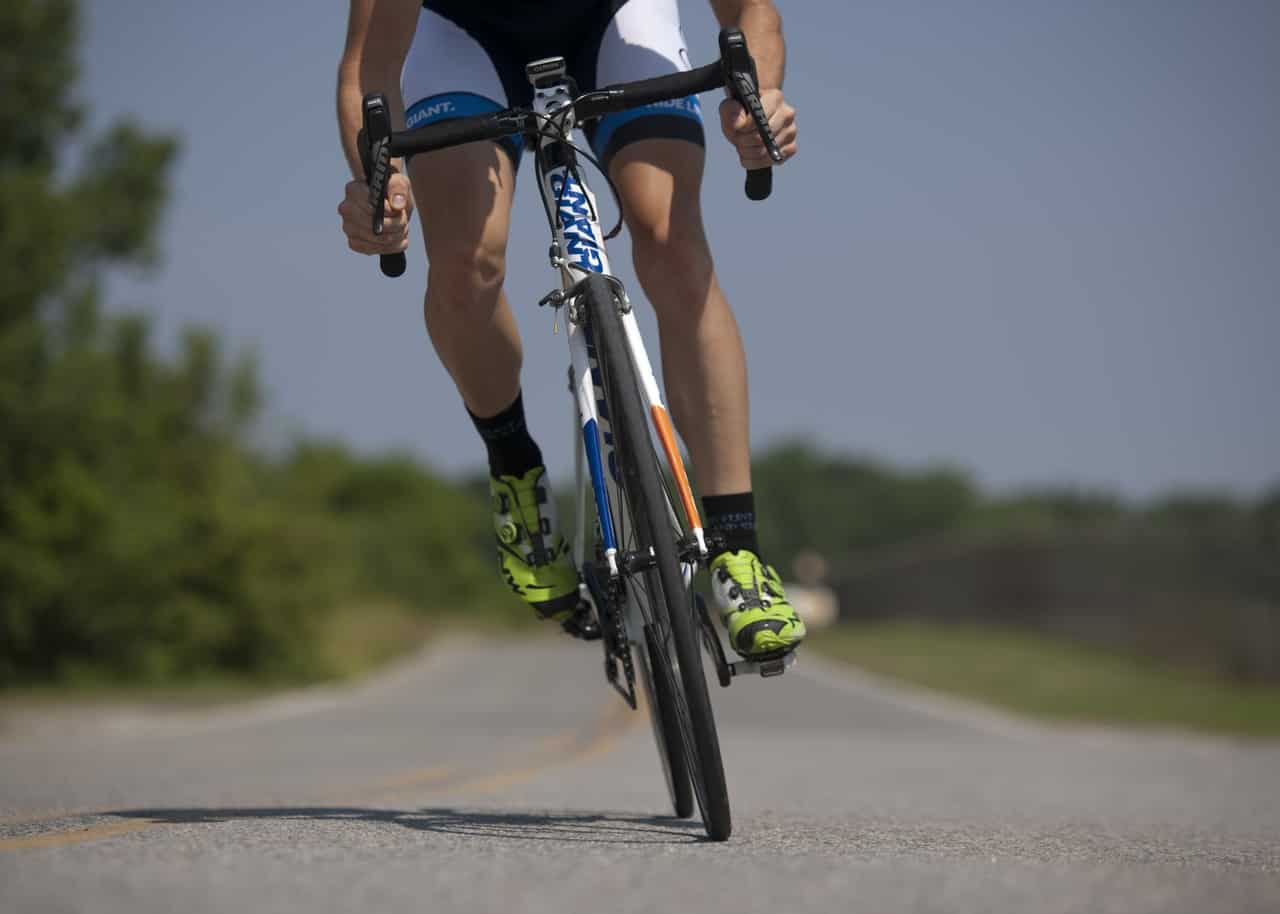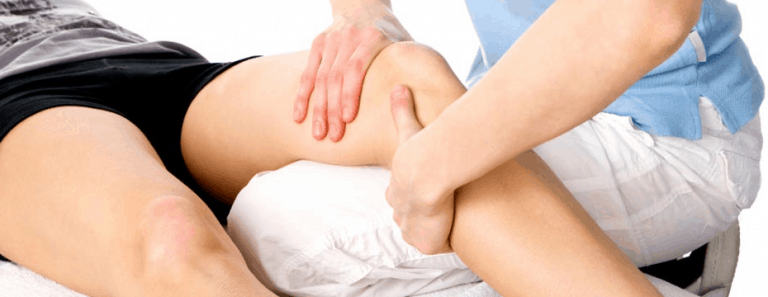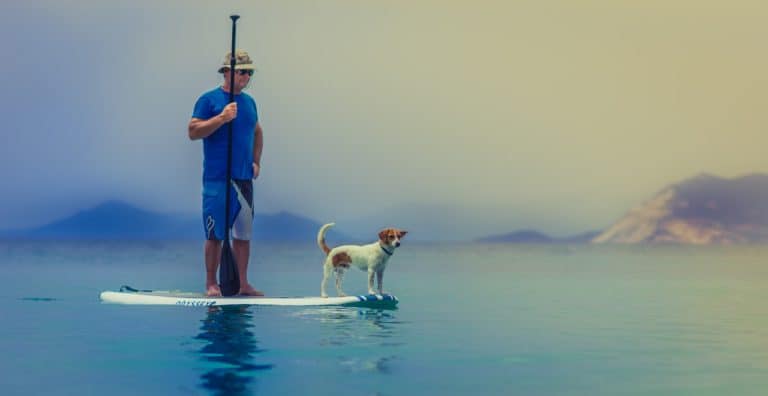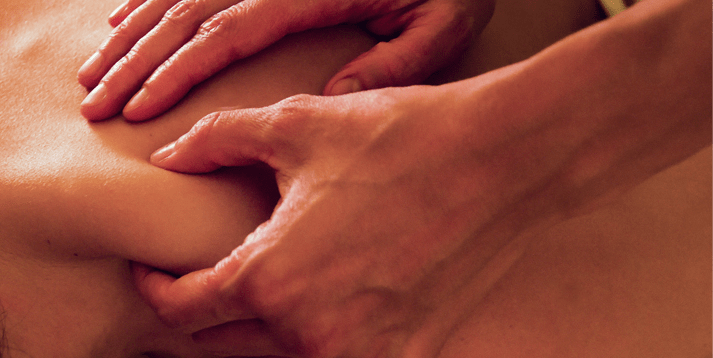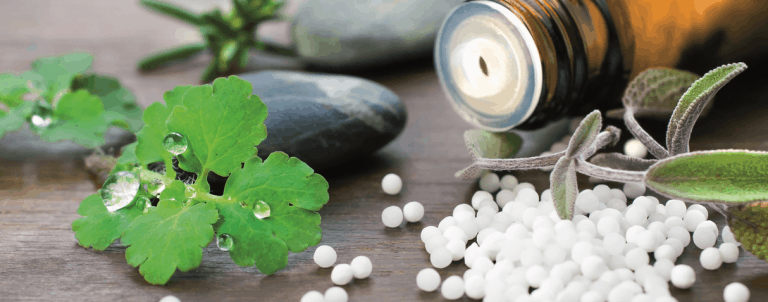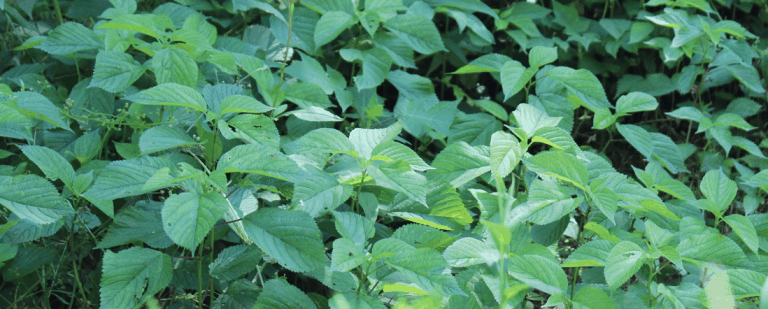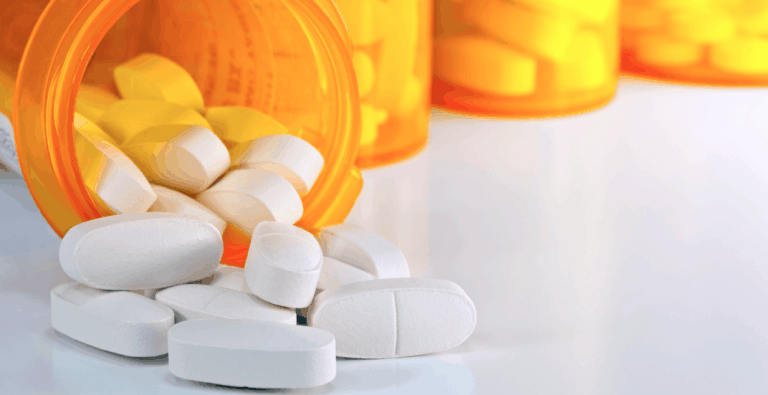Can bike riding cause prostatitis? Cycling is great exercise for you, but it can lead to repetitive trauma to your prostate. Riding a bike can cause irritation to the prostate, which can lead to chronic prostatitis or chronic pain similar to chronic pelvic pain syndrome (CPPS). Cycling can also negatively affect your fertility. Only a small number of riders get prostatitis from riding their bikes, but it is good for all male riders to take preventive action and know how to recognize the signs prostatitis.
What Is Prostatitis?
Chronic prostatitis, or CPPS, is inflammation of the prostate gland. Prostatitis can be difficult to diagnose and treat. Symptoms can last over three months without evidence of a urinary tract infection. Symptoms of prostatitis may include:
- Lower back pain
- Abdominal pain
- Frequent urination
- Problems with urination (problems with flow, incomplete emptying of the bladder, or dribbling)
- Pain while urinating
- Pain with bowels movements
- Pain in other areas such as the scrotum, urethra, tip of the penis, or between the genitals and anus
- Post-ejaculatory pain is associated with CPPS and can differentiate it from BPH.
- Low libido
- Erectile dysfunction
The ongoing pressure and stimulation of the prostate area can lead to chronic prostatitis. Use of antibiotics is controversial, as bacteria is not thought to be a cause of chronic prostatitis. Sometimes patients are put on weeks or months of antibiotics without relief. Nonbacterial prostatitis will not respond to antibiotics. Sometimes alpha-blockers are prescribed to help with urine flow, but some can have negative sexual side effects, so be sure to research medications carefully. Doctors also may recommend or prescribe pain relievers, anti-inflammatory medications, or muscle relaxants. Patients looking for more natural ways to treat prostatitis may turn to supplements that support prostate health.
Other activities that can irritate the prostate area and lead to chronic prostatitis include infectious agents, heavy lifting, jogging, cycling, horseback riding, structural abnormalities of the urinary tract, muscle spasm in pelvic muscles, and jobs that apply powerful vibrations to the prostate area such as driving a truck or operating certain machinery.
Men who have prostatitis should limit having pressure on the thigh area. Men should avoid cycling during episodes of prostatitis or CPPS.
Preventive Measures
Can bike riding cause prostatitis, and why? Sitting or bouncing for long periods are known to lead to prostatitis, and many bike seats put pressure on the prostate area, causing irritation. It is important to buy the right kind of bicycle seat that will not put pressure on your groin area. Look for such seats as a soft seat with gel or a lot of padding, a split seat, a seat with holes, a noseless saddle, or a seat with a soft central area. Try out seats to find out which kind is most comfortable for you. If you find one that works, then stick with it. Angle the seat so it puts less pressure on your prostate area. The right seat will keep blood flow to the penis and groin, prevent numbness, and will not irritate the prostate area.
Change position often while riding by adding bar ends to handle bars so you can change the height of your body. Sitting in a more upright position is more prostate friendly. Be sure to wear padded cycling shorts when you ride.
Off the bike remember to stay hydrated, urinate frequently, avoid prolonged sitting or bouncing, and ejaculate regularly. Limit caffeine and alcohol. Avoid tobacco and spicy foods. Don’t lift heavy objects with a full bladder. Make sure to keep exercising. A 2009 study found that men who exercised for 30 or more minutes each day were 16% less likely to develop prostate problems.

